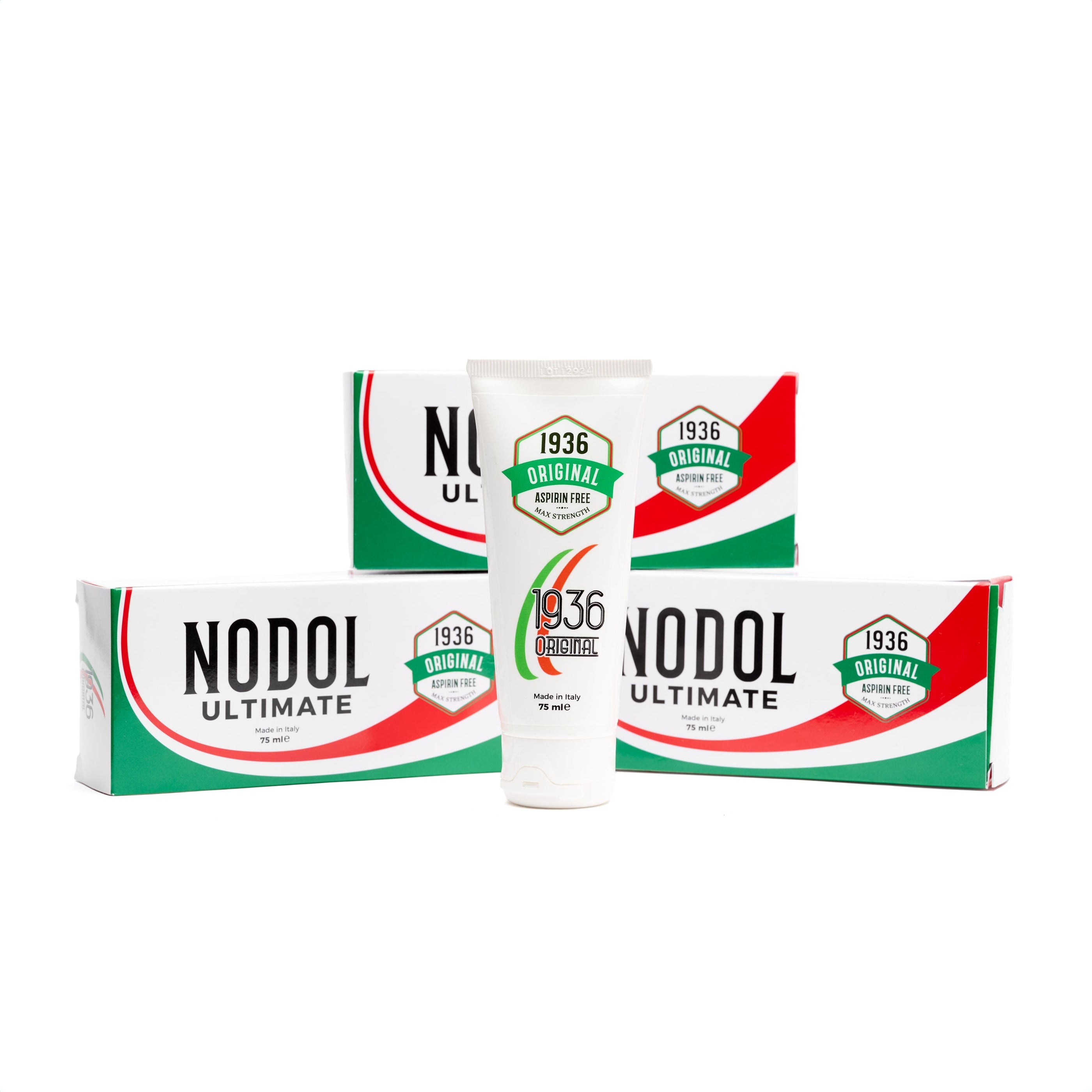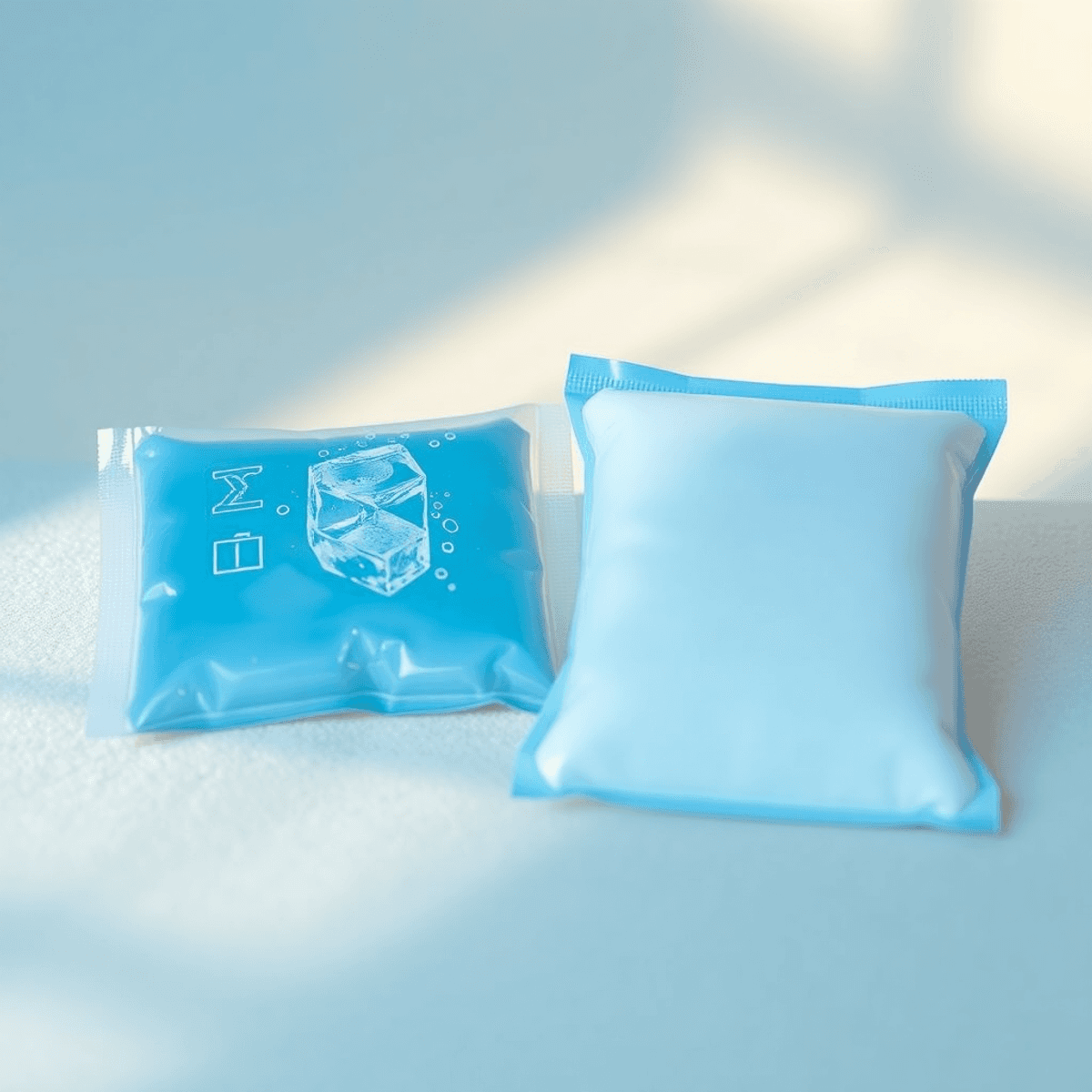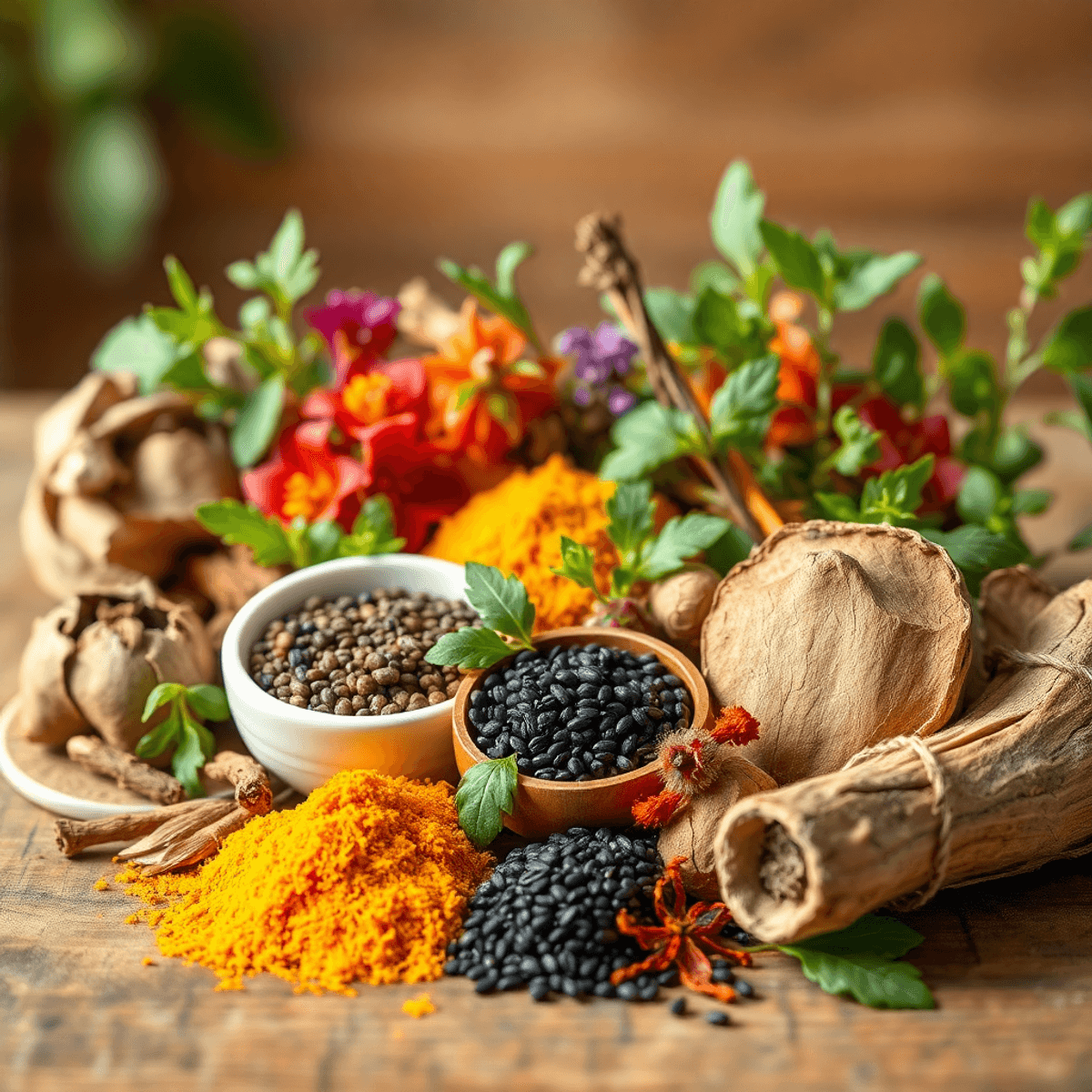Living with Rheumatoid Arthritis: Strategies for Daily Relief

Introduction
Rheumatoid arthritis (RA) is a long-lasting inflammatory condition that mainly affects the joints. It causes pain, swelling, and can often result in joint damage. This condition can greatly affect daily life, especially when it involves areas like the knees or hands.
Understanding RA is important for effective management and a better quality of life; knowledge enables individuals to make informed choices about their health.
Recognizing the signs of RA and getting timely medical help can lead to better treatment results. Whether you're dealing with adult RA or juvenile idiopathic arthritis, understanding this condition is crucial.
In this article, we'll explore various methods to relieve rheumatoid arthritis pain. We'll focus on both medication options and lifestyle changes that can help manage RA symptoms effectively.
For example, using a pain relief cream can provide significant comfort by easing back, joint, and muscle pain while reducing inflammation. These creams are made with a natural formula and have been family-made in Italy since 1936 with 95% natural ingredients sourced from the EU.
Alternatively, if you're seeking a solution that doesn't involve aspirin, an aspirin-free pain relief cream may be suitable. This product is designed for individuals who cannot tolerate aspirin and can provide quick relief for aches and pains caused by sports activities, exercise, or muscle injuries.
With these approaches, living with rheumatoid arthritis becomes more manageable, improving your overall well-being.
Understanding Rheumatoid Arthritis
Rheumatoid arthritis (RA) is characterized by a range of symptoms that can significantly impact daily life. Common signs of rheumatoid arthritis include:
- Joint Pain and Stiffness: Typically affecting smaller joints first, such as those in your fingers and toes.
- Swelling and Redness: Inflammation in the affected areas often leads to visible swelling and redness.
- Fatigue and Fever: Many individuals experience fatigue and occasional fevers, adding to the overall discomfort.
Recognizing these early signs of rheumatoid arthritis is crucial for initiating timely medical intervention. Early detection not only helps manage symptoms more effectively but also plays a pivotal role in slowing disease progression.
Seeking prompt medical attention upon noticing these symptoms means you can benefit from an early diagnosis. This allows healthcare providers to tailor rheumatoid arthritis treatment plans that might include medications like DMARDs or biologics, aiming for improved outcomes. Addressing the condition early can be beneficial in preserving joint function and reducing long-term damage.
Understanding these aspects of RA empowers individuals to take proactive steps towards their health. Recognizing the body's signals ensures better management of this chronic condition, ultimately enhancing life quality for those affected.
Causes and Risk Factors
Understanding the causes of rheumatoid arthritis (RA) is crucial for identifying potential preventive measures and managing the condition effectively. RA is primarily an inflammatory arthritis, with several factors contributing to its onset:
1. Genetic Predisposition
A significant risk factor for RA development. Certain genetic markers, such as the human leukocyte antigen (HLA) class II genotype, are associated with a higher likelihood of developing this condition. These genetic markers may affect immune system function, potentially leading to the autoimmune responses characteristic of RA.
2. Environmental Triggers
External factors play a pivotal role in triggering RA in genetically predisposed individuals. Common triggers include:
- Infections: Some viral or bacterial infections can initiate an immune response that might lead to RA.
- Smoking: Strongly linked to an increased risk of RA. Tobacco use can exacerbate symptoms and accelerate disease progression.
3. Hormonal Factors
Hormones may influence RA risk, particularly in females who are more commonly affected. Fluctuations in hormone levels, such as those experienced during pregnancy or menopause, could impact disease onset or activity.
Identifying these causes and risk factors enables a more comprehensive understanding of RA, aiding in early detection and personalized treatment strategies.
Pharmacological Treatments for Rheumatoid Arthritis Pain Relief
Effectively managing rheumatoid arthritis pain often involves pharmacological interventions. At the forefront are Disease-Modifying Anti-Rheumatic Drugs (DMARDs), which play a crucial role in alleviating symptoms and preventing joint damage over time. These medications, such as methotrexate, work by slowing the progression of RA, thus offering long-term relief.
1. Biologic Treatments
Biologic treatments represent a significant advancement in RA therapies. These medications target specific components of the immune system to reduce inflammation more precisely than traditional DMARDs. They are particularly beneficial for those who have not responded adequately to other treatments.
2. JAK Inhibitors
JAK inhibitors, a newer class of oral medications, offer promising outcomes for individuals with moderate to severe RA. By blocking specific pathways that lead to inflammation, JAK inhibitors help improve function and reduce pain.
3. NSAIDs and Corticosteroids
Other pharmacological options include NSAIDs and corticosteroids, both of which provide short-term pain relief. NSAIDs like ibuprofen and naproxen are commonly used to reduce inflammation and manage pain. Corticosteroids can quickly alleviate symptoms but are typically limited due to potential long-term side effects.
In addition to these pharmacological options, exploring natural remedies can also be beneficial in managing rheumatoid arthritis pain. For instance, products designed to help relieve back, joint and muscle pain and reduce inflammation could complement your current treatment plan. Such products, made with natural ingredients sourced from the EU, have been family-made in Italy since 1936. You can find more about these natural pain relief products here.
Exploring these diverse rheumatoid arthritis therapies can significantly enhance your ability to find effective relief from RA pain.
Non-Drug Therapies for Managing RA Pain
Including non-drug therapies in a comprehensive pain management plan can greatly improve the quality of life for people with rheumatoid arthritis (RA). Here are some effective non-drug therapies:
Physiotherapy
Physiotherapy for arthritis pain relief plays a crucial role. Through tailored exercise programs, physiotherapists help improve joint flexibility and strength, reducing stiffness and enhancing mobility. Regular sessions can also boost overall physical function, allowing you to perform daily activities with greater ease.
Occupational Therapy
Occupational therapy for rheumatoid arthritis offers another valuable approach. Occupational therapists provide strategies to modify daily activities, minimizing joint stress and preventing further damage. They may recommend adaptive tools or techniques that make tasks easier and less painful. This therapy focuses on enabling independence and maintaining a satisfying lifestyle despite the challenges posed by RA.
Complementary Therapies
Complementary therapies like acupuncture and massage therapy also offer potential benefits. Acupuncture may relieve pain by targeting specific points in the body, while massage therapy helps relax muscles and reduce tension around affected joints. Mindfulness practices, such as meditation and deep breathing exercises, can lower stress levels, which may contribute to better pain management.
Integrating these non-drug approaches alongside pharmacological treatments forms a holistic strategy for managing RA symptoms effectively, ensuring you maintain an active and fulfilling life.
Lifestyle Changes to Help Relieve Rheumatoid Arthritis Symptoms Every Day
Making certain lifestyle changes can greatly help reduce inflammation in rheumatoid arthritis through diet and exercise. A healthy diet is crucial in managing RA symptoms. Including anti-inflammatory foods such as:
- Fatty fish like salmon and mackerel, which are high in omega-3 fatty acids
- Colourful fruits like berries, which are loaded with antioxidants
- Leafy vegetables, rich in essential vitamins and minerals
These food choices can assist in reducing joint pain and swelling, leading to a better quality of life.
Exercise is also an important part of managing RA. Participating in low-impact exercises helps maintain joint movement without putting unnecessary pressure on them. Here are some activities to consider:
- Swimming, which allows your body to move freely while supported by water, minimizing joint strain
- Cycling, offering cardiovascular benefits while keeping your joints flexible
Both of these forms of exercise encourage movement, strengthen muscles, and improve overall well-being. By incorporating these lifestyle changes, you can stay active and healthy while effectively managing your rheumatoid arthritis symptoms.
Self-Care Techniques for Immediate Relief During Flare-Ups
Managing rheumatoid arthritis flare-ups requires immediate and effective strategies. One approach involves heat therapy for rheumatoid arthritis pain relief. This can be achieved by:
- Using heat packs: Apply them to affected areas to increase blood flow, relax muscles, and alleviate stiffness.
- Taking warm baths: Immersing in warm water can provide comprehensive relief, soothing multiple joints simultaneously.
For swelling and acute pain, consider cold therapy for swollen joints. This method helps to reduce inflammation and numb painful areas:
- Cold packs wrapped in a towel: Place these on swollen joints to constrict blood vessels and decrease fluid accumulation, thereby reducing swelling.
Both heat and cold therapies offer distinct benefits; alternating between them might be beneficial depending on your symptoms. Understanding your body's response to these therapies is crucial for getting relief from rheumatoid arthritis pain effectively.
The Importance of Support Systems in Living Well with Rheumatoid Arthritis
Living with rheumatoid arthritis is not just a physical challenge; it can also take a significant emotional toll on you and your loved ones. Dealing with chronic pain and the limitations it imposes can lead to feelings of frustration, anxiety, or depression.
Support groups and online communities become invaluable resources in these situations:
- Reassurance and Understanding: Sharing experiences with others who are facing similar challenges can provide comfort and understanding that may be hard to find elsewhere.
- Information Sharing: Platforms like the National Rheumatoid Arthritis Society offer a wealth of resources, including tips for getting relief from rheumatoid arthritis pain.
- Emotional Support: Connecting with others who understand the daily struggles of RA helps combat feelings of isolation and fosters a sense of belonging.
Engaging with these support systems can significantly enhance coping strategies, improving overall well-being while living with RA.
FAQs (Frequently Asked Questions)
What is rheumatoid arthritis (RA)?
Rheumatoid arthritis (RA) is a long-lasting inflammatory condition characterized by a range of symptoms, including joint pain, swelling, and stiffness. It can affect various parts of the body and lead to significant disability if not managed properly.
What are the main causes and risk factors for developing RA?
The causes of rheumatoid arthritis are not fully understood, but several risk factors contribute to its development. These include genetic predisposition, environmental triggers, and hormonal factors, particularly in females.
What pharmacological treatments are available for RA pain relief?
Effective management of rheumatoid arthritis pain often involves several pharmacological treatments. These include biological treatments, JAK inhibitors, NSAIDs (non-steroidal anti-inflammatory drugs), and corticosteroids.
How can non-drug therapies help manage RA pain?
Non-drug therapies play a crucial role in comprehensive pain management for rheumatoid arthritis. Physiotherapy helps improve mobility and reduce pain, while occupational therapy assists individuals in adapting their daily activities to minimize discomfort. Complementary therapies like acupuncture and massage therapy may also provide additional relief.
What lifestyle changes can help relieve RA symptoms?
Making certain lifestyle changes can significantly help reduce inflammation and manage symptoms of rheumatoid arthritis. This includes maintaining a balanced diet, engaging in regular physical activity, managing stress levels, and ensuring adequate rest.
Why are support systems important for individuals living with RA?
Living with rheumatoid arthritis is not just a physical challenge; it also has emotional and psychological aspects. Having a strong support system can provide encouragement, understanding, and practical assistance, which are essential for coping with the daily challenges associated with this condition.












